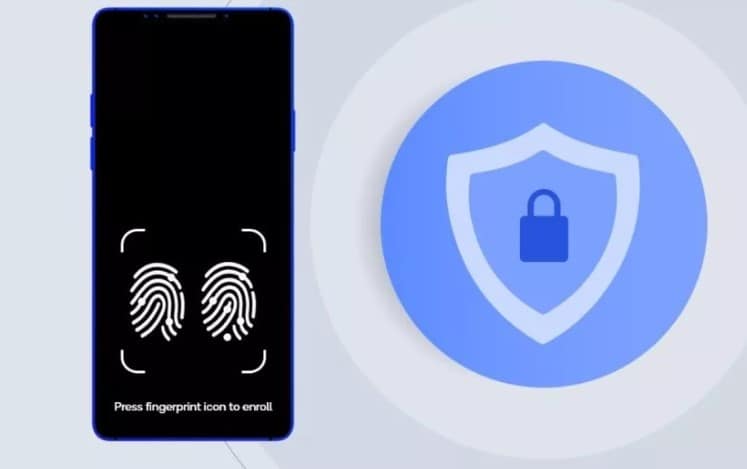Qualcomm has announced a second-generation version of its ultrasonic in-display fingerprint sensor, the 3D Sonic Max, that promises to fix the issues with the original 3D Sonic Sensor by offering a sensor that’s 17 times bigger. The 3D Sonic Max is so big, in fact, that it can read two fingerprints at once for extra authentication, via Engadget.
The company’s first-generation ultrasonic fingerprint reader, the 3D Sonic Sensor, promised improved reliability and security over existing optical in-display fingerprint readers. Despite a high-profile debut in Samsung’s Galaxy S10, the first-generation 3D Sonic Sensor was plagued by issues, including problems getting the smaller sensor to read prints accurately, slow speeds, and a glaring security hole caused by some types of screen protectors that was only fixed in October.
The new sensor looks to address those issues, thanks to being vastly larger: where the old sensor measured 4mm x 9mm, the new 3D Sonic Max is 20mm x 30mm, or 17 times larger. According to Qualcomm, that should help solve most of the earlier problems. The bigger sensor makes it far easier to position a fingerprint (to avoid the positioning issues).
And in an interview with CNET, Alex Katouzian, SVP and general manager of mobile at Qualcomm, noted that the new 3D Sonic Max should avoid the screen protector problems by capturing a clearer complete fingerprint when reading due to the larger scanner size. The option to require two simultaneous fingerprints to scan together also should help increase security options.
One thing that won’t change, though, is the speed. According to Katouzian, scanning a fingerprint will take roughly the same amount of time with the new sensor as it did with the old one.
We’ll have to put the new 3D Sonic Max through its paces to see whether it actually solves the problems of the original 3D Sonic Sensor. There’s still no word yet as to which companies will actually be using the 3D Sonic Max in devices, although there should be more news on that sometime in 2020. One potential customer could be particularly interesting: early rumors claim that Apple is exploring using Qualcomm’s tech to add an in-display fingerprint reader to the iPhone as early as next year, per MacRumors.

